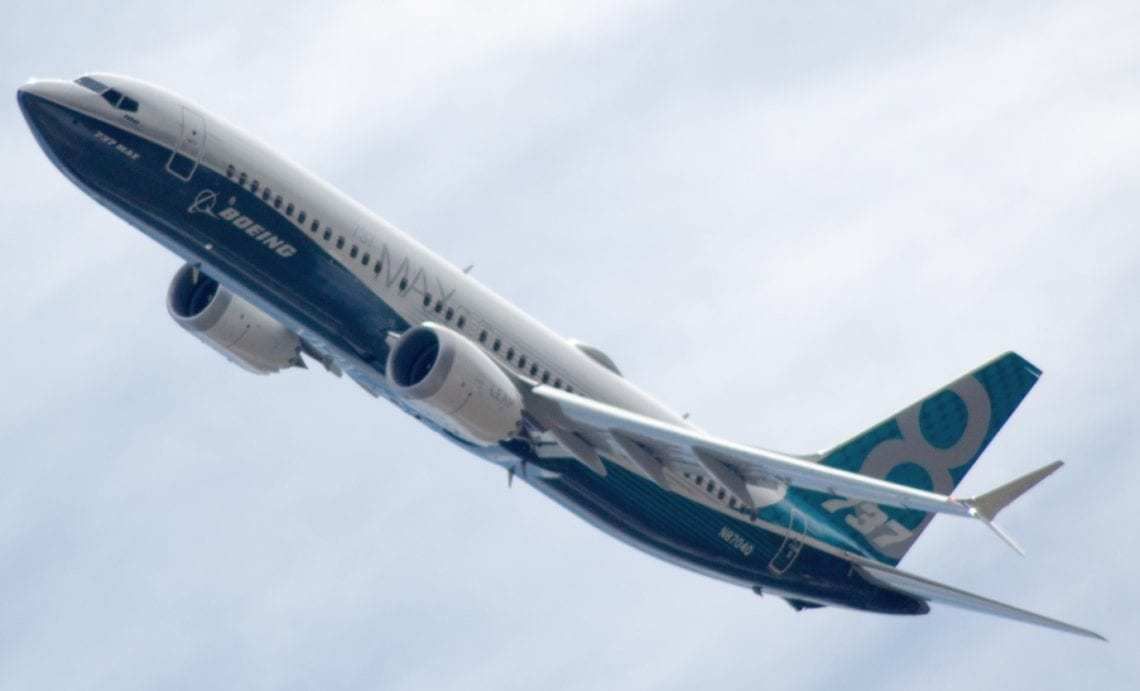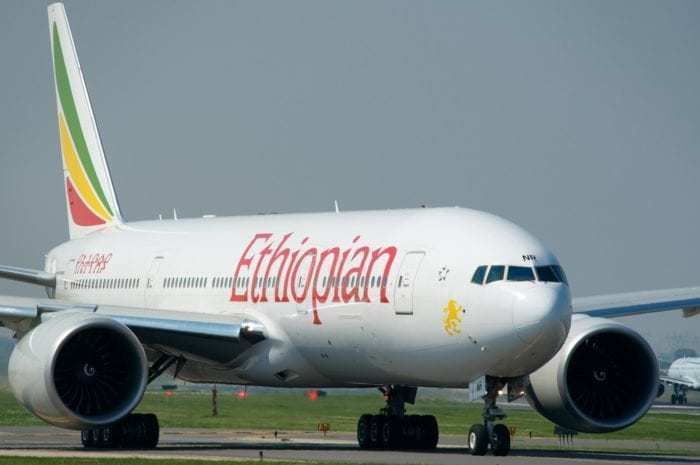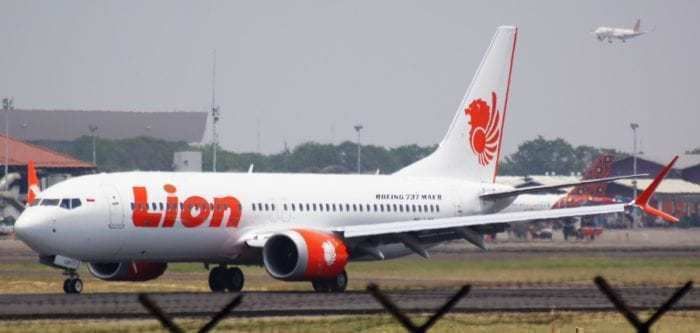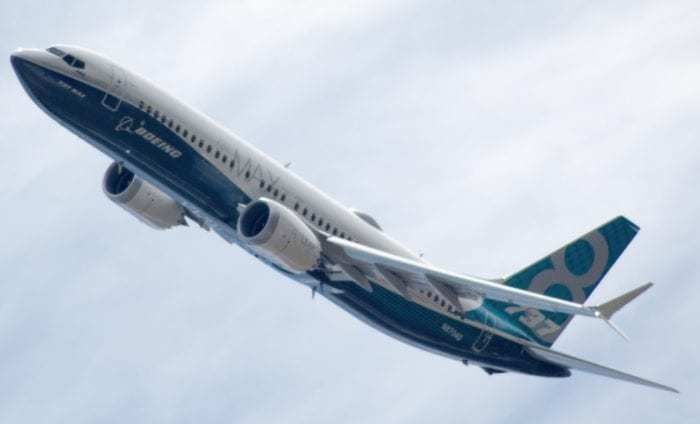Ethiopian Airlines Flight ET302 crashed shortly after takeoff yesterday. This was the second Boeing 737 MAX crash within 6 months. Just last October, one of Lion Air's Boeing 737 MAX 8s also crashed shortly after takeoff. These two Boeing 737 MAX accidents within a relatively short period of time have definitely left us wondering about potential safety issues with the aircraft.
What are the details?
As Simple Flying reported, Ethiopian Airlines Flight ET302 was enroute from Addis Ababa, Ethiopia (ADD) to Nairobi, Kenya (NBO). Just six minutes after takeoff, the aircraft crashed near the town of Bishoftu. There were 149 passengers and eight crew members onboard the Boeing 737 MAX 8 aircraft. Sadly, there were no survivors.
At this time, we do not know what happened to the aircraft. Nonetheless, according to BBC, 'visibility was said to be good' but air traffic monitor Flightradar24 reported that the plane's 'vertical speed was unstable after take-off'.
Ethiopian Airlines took delivery of the aircraft, registration number ET-EVJ, last November and performed a detailed maintenance inspection in February.
Lion Air Flight 610
Last October Lion Air Flight 610 from Jakarta, Indonesia (CGK) to Pangkal Pinang City, Indonesia (PGK) crashed into the Java Sea 12 minutes after takeoff. The aircraft was delivered to Lion Air in August of 2018 and had barely flown 800 hours.
Nevertheless, there have been reports that the aircraft had experienced technical difficulties in the days before the crash. The aircraft was returned to service anyway.
Before the crash, the pilots experienced problems with the anti-stall system which caused the nose of the aircraft to dip uncontrollably. Based on the data obtained from the flight recorders, the pilots tried to correct the problem by pointing the nose up, but the system continued to force the nose down. This happened more than 20 times during the 12-minute flight.
Boeing issued an Operations Manual Bulletin (OMB) in response to the crash. According to a statement released by Boeing, the OMB directs 'operators to existing flight crew procedures to address circumstances where there is erroneous input from an AOA [angle-of-attack] sensor'.
Did both aircraft experience the same issues?
At this time, we just don't know. What we do know is that both aircraft crashed shortly after takeoff. There is no indication that the Ethiopian Airlines aircraft experienced technical difficulties in the days before the accident.
The Boeing Company is sending a team to the crash site to provide technical assistance to the NTSB. Hopefully, we will have a better idea of what caused the Ethiopian Airlines crash soon. Simple Flying will provide more information as it becomes available.
What do you think? Did both aircraft experience the same issues?




